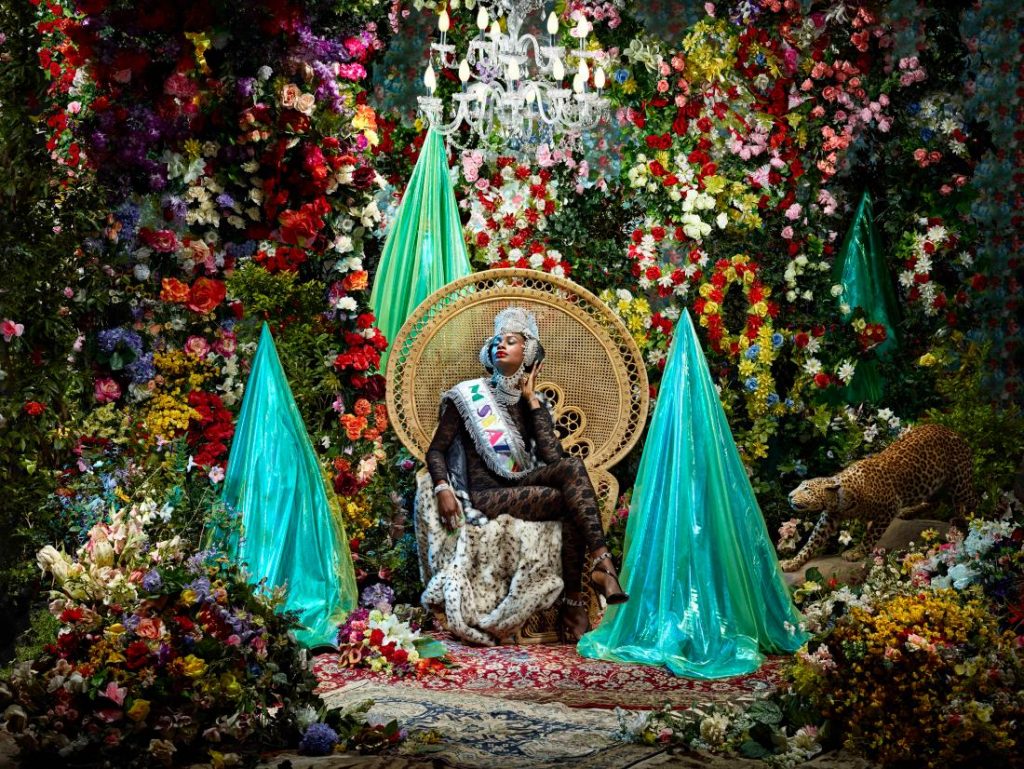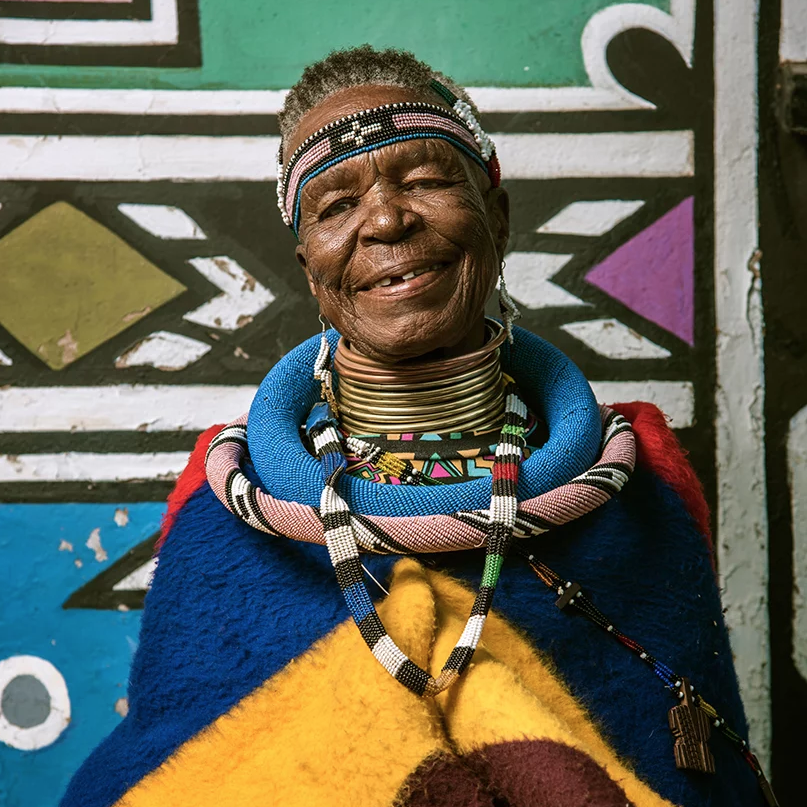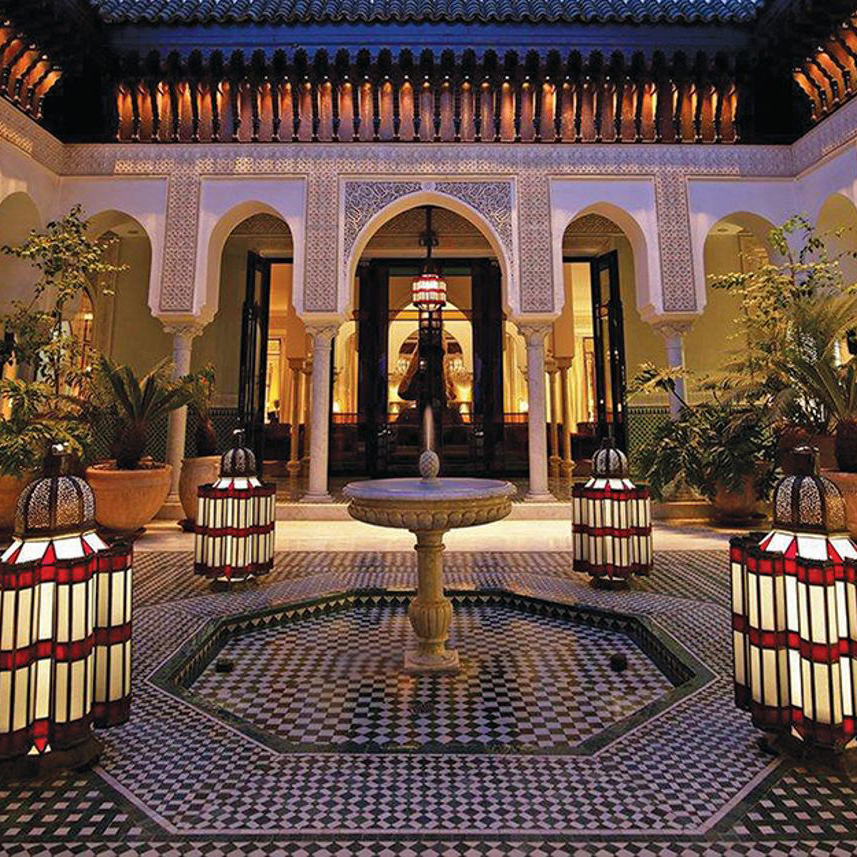Guns & Rain Brings African Art to the World
Our interview with the equity-minded founder of the new commerce and development platform

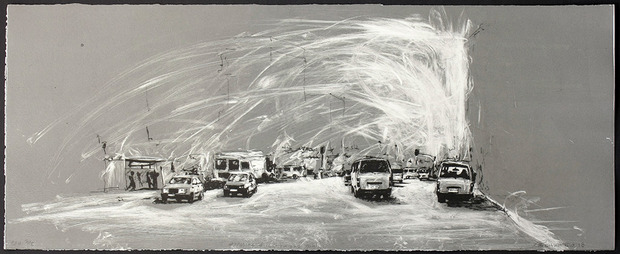
Creativity exists throughout the world. Global centers like Paris, London and New York have long served as geographic and cultural gatekeepers for the fine art world, but the internet is gaining momentum on democratizing the international scope of contemporary art. In Africa, the newly minted Johannesburg-based arts commerce and development platform Guns & Rain is shedding new light on contemporary artists in the region as well as working to foster an appreciation for the field. Founder Julie Taylor—who holds a PhD in Development Studies from Oxford and logged time as Google’s Head of Communications in Sub-Saharan Africa—says it isn’t simply about selling and promoting the work of African artists; sustainability in the field requires increased access to technology and the internet. We caught up with Taylor as she traversed Namibia discovering new talent to learn more about her project.
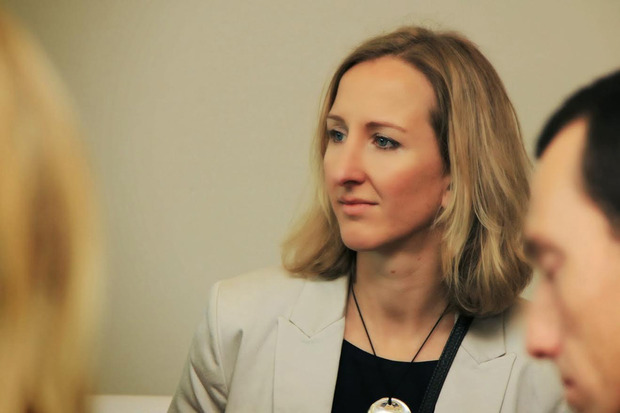
What inspired you to start Guns & Rain?
There are a couple of things. The seed was sewn actually quite some years ago in 2008 when I was working for Google in London—but I am originally from Zimbabwe. I went back to Zimbabwe and it was a difficult year politically. There were extreme shortages of all kinds—food, fuel, water. Along with political battles fought on all sides. I went to one of the contemporary art galleries and the gallerist told me there were artists coming in who hadn’t eaten for three days. I was shocked. I said, “The internet can help you. These artists can reach a worldwide audience.” Of course—like much of the fine art world is with its relationship with technology—he was dubious, but agreed to it. I took photographs, created a simple blog-style site and shared it with contacts around the world. That same evening three artworks sold.
Obviously that was a non-commercial effort. It was a pro bono initiative to try and help what was a very desperate situation. Still, the seed was sewn and I realized what the internet might be able to do for contemporary artists in Africa—and not just for in-crisis places like Zimbabwe, but for artists throughout the continent.
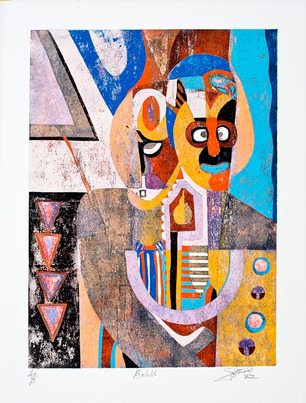
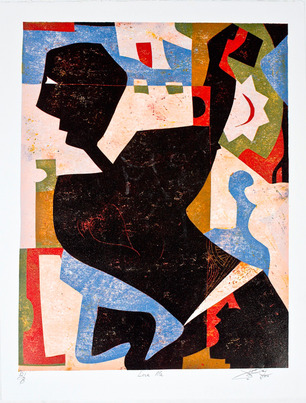
Having spent nearly seven years at Google, I decided it was time for a change and to bring together my various interests. In addition to art, my interest is in anthropology and development studies. I have a PhD in development studies and Guns & Rain brings all those passions together.
Aside from my own reasons, there are a couple of global factors I would claim as influential. For a long time, contemporary African art has not been recognized by the global art community. Recently there has been an explosion in interest in African fine art and I hope it’s not a passing fad. Despite this interest, African artists are still globally under-represented on the world stage and online. Getting these artists online is key to achieving global exposure.
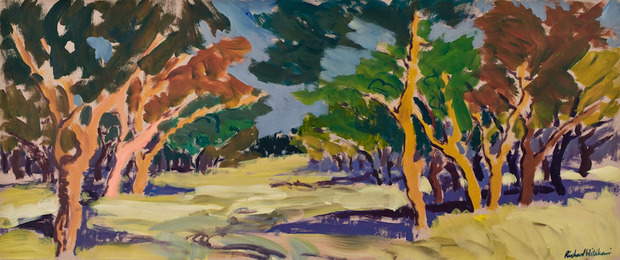
Guns & Rain is one of the first African art portfolios on the Google Open Gallery. The interface is high-tech and the user experience is very sleek. The zoom function is really great for exploring pieces. It’s still under development, but it’s a parallel platform via which people can engage with the art.
Africa is a massive and diverse content. Are you focusing your efforts geographically?
At the moment I’m focusing just on Southern Africa. I plan to expand to East and West Africa in the future. It is a huge continent, it’s 54 countries. There’s a huge amount of talent, but what I think is noticeable is that Africa has lost significant artists to other parts of the world. Ghana’s El Anatsui has become a global star. There’s talent, but like so many industries in Africa, there’s this trend or danger of brain drain. I think it will be tremendous if we can try to change that by retaining our own artists and keeping them involved in art in the continent. I think that there is a bit of a pattern that is mirrored in other industries, not just the arts.
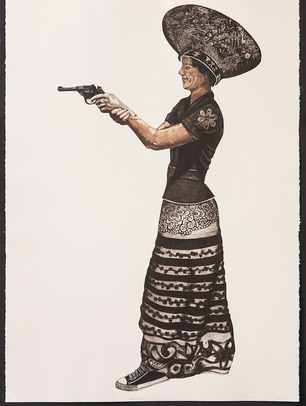
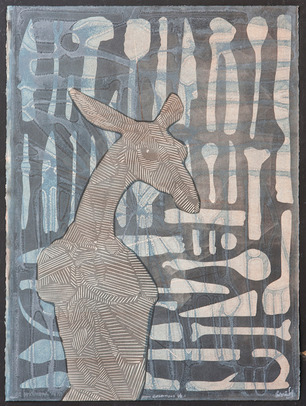
There’s also a degree of fragmentation, because there are so many different countries. There’s not enough of a sense of groups of countries joining together to demonstrate the huge creative talents that the continent has. That said, there is the Dakar Biennial, so there are these events that are fantastic, but I think there could be more. I am excited to see such interest beginning to take hold. Paddle8 just had their first contemporary African art auction in June. The traditional auction houses have also had success. Also 1-54—which is the new London-based contemporary African art fair—will be running for the second time this October. Nonetheless there are many artists who aren’t getting the attention they deserve.
Has the art community in Southern Africa been receptive so far?
Within South Africa the response has been rather positive. There is a recognition within the visual arts industry that they haven’t engaged enough with the web. The internet infrastructure is still lacking in much of Africa. So first there are a lot of questions such as: how do we improve internet access? How do we get more African content online? In general, Africans do not have the same level of access at the same affordable price as those in Europe and North America. The infrastructure simply isn’t there yet. This lack of equitable pricing, access and general digital knowledge has meant that there’s an overall dearth of engagement with the web on behalf of the visual arts community.
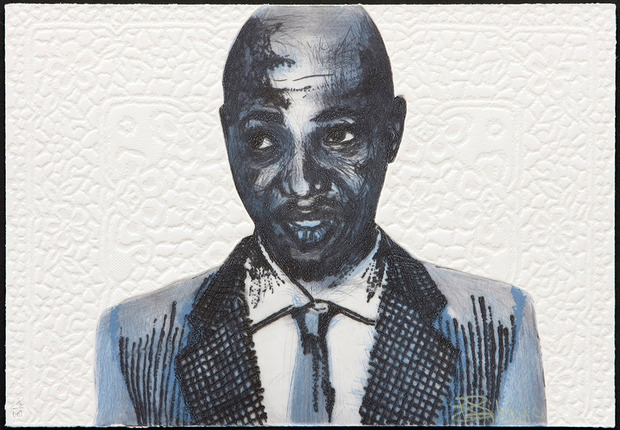
Engaging online with technology is going to help establish African creative voices in not only new ways, but in much more democratic ways.
What does the future hold for contemporary art in Southern Africa?
It depends in a way on the extent to which they proactively engage with the global interest that they’re receiving at the moment. I think there’s an opportunity right now, not only for the visual arts, to tell African stories in new ways and in much more positive ways. For a long time Africa has been branded as a failed or hopeless continent, and I think that’s changing. Plus, there’s never been one narrative. The internet is helping Africans tell stories in new ways in their own words. Today, Africans have much more ownership and agency in the narratives around the continent than even five years ago. I see the future as bright. I think engaging online with technology is going to help establish African creative voices in not only new ways, but in much more democratic ways.
Access to the internet and technology appears to be essential to the arts flourishing, especially in the global context.
For me that is key. I think it’s key to a number of different industries, not just the arts, but I think it can help the arts enormously. It’s not just a question of access, but whether or not individuals can be proactive. People have to be open-minded to technology if they’re going to harness it—that’s a challenge. People can be stuck in the old way of approaching things. So it’s essential to encourage risk-taking and open-mindedness in these new approaches.
This tendency toward the old ways is seen in the arts in the US and Europe as well. Among the more traditional institutions there is unease about going online and digital and what it means for fine art as a whole. Of course, there are always going to be certain drawbacks online—engaging with a piece of art is a tactile experience.
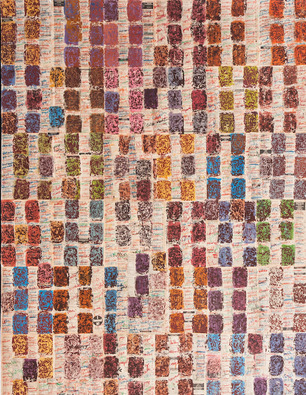
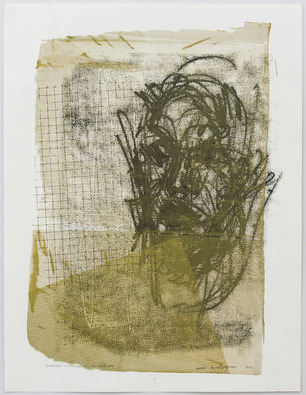
What’s the next step for Guns & Rain?
There are a couple of things in the pipeline. I’m just kind of in the process of developing my approach. I will certainly be combining the online platform with offline events. To me what’s important is a more informal, but equally educational view of art. I think audience development is a challenge all countries face. In Southern Africa there is not a lot of money invested in art education in school. In part because of that, there’s not a huge awareness of understanding about fine art and the role it plays in a society. Going to a gallery or museum is not something most people have been familiar with growing up. So then the prospect of them becoming an art collector or appreciating fine art is less likely. We have to change that in order to sustain artists’ careers.

It’s important to provide forums for young potential collectors—informal educational forums for them to learn about contemporary art that’s not in a museum setting. Pop-up events have proven to be more popular, more accessible and less intimidating. So we’re working toward initiatives along those lines. This is all in line with my approach to improving accessibility around technology and the internet.
This idea of audience development is a big problem in South Africa. The arts scene in South Africa and Zimbabwe has changed over time because of it. This demographic gets whittled away over time and once you lose those audiences, it’s even more difficult to rally support for arts education and funding. We need to look 10, 20 years down the line and anticipate it. Still, this is not just an African problem. I’m sure it’s a problem in the US, but I do especially notice it in the Southern African countries.
Guns & Rain currently features the art of 10 contemporary Southern African artists, all of which is available for sale online. More artists are added regularly with off-line events in the works over the coming months.
Images courtesy of Guns & Rain and their respective artist
